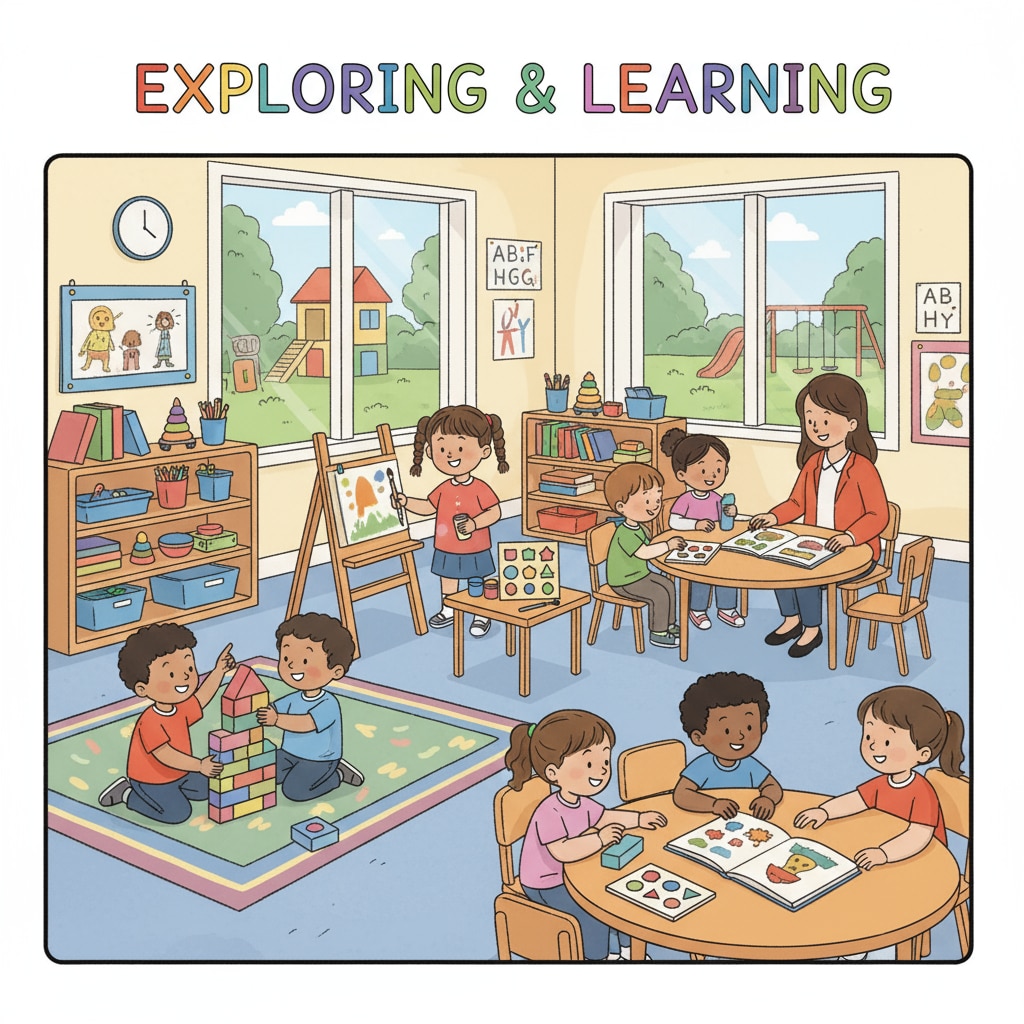The reform of gifted programs in New York City’s early childhood education has brought the issues of educational equality and elite education to the forefront. This policy change has sparked a lively discussion among educators, parents, and the public.

Early childhood education is a crucial stage, and the concept of gifted programs within it aims to provide specialized education for children with exceptional abilities. However, this also raises questions about whether it truly promotes educational equality.
The Origins of Gifted Programs in New York City
Gifted programs in New York City have a long history. Initially, they were established to identify and nurture children with high intellectual potential. These programs were designed to offer a more challenging curriculum and resources to help these children reach their full potential. For example, they provided advanced learning materials and small class sizes. Gifted education in the United States on Wikipedia shows that this approach was part of a broader effort to support the development of talented individuals.

The Reform and Its Implications
The recent reform of these programs was a response to concerns about educational inequality. Critics argued that the previous selection process was biased and favored certain groups of children. The new policy aims to make the admission process more inclusive. However, this has also led to a different set of concerns. Some worry that diluting the selection criteria may reduce the quality of education for truly gifted children. As a result, the reform has created a divide among stakeholders. Education on Britannica provides insights into the complexity of educational policy changes.
The reform has also raised questions about the definition of “giftedness.” Is it solely based on academic performance, or should other factors such as creativity and social skills be considered? This ambiguity has further complicated the debate.
Readability guidance: The paragraphs above present the background and the impact of the reform. We use short paragraphs to make the information more accessible. The lists and external links help to provide more context. Transition words like “however,” “for example,” and “as a result” are used to make the flow of ideas more coherent.


